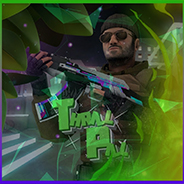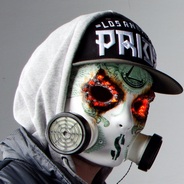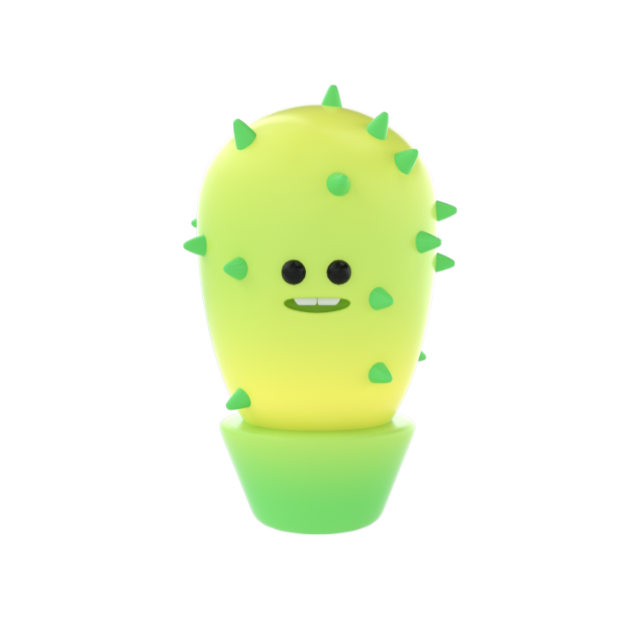Сделать аннотацию к тексту! Scientists Study Chernobyl Fungus as
Protection against Space Radiation
Researchers are testing a fungus known to grow in high radiation environments to see if it could possibly protect humans traveling in space.
One fungus being studied survived – even thrived – in areas around the former Chernobyl nuclear power center in Ukraine. In 1986, a reactor there exploded and caught fire, sending huge amounts of radiation into the air.
Chernobyl was the world’s worst nuclear disaster. The accident caused widespread harm to people and other living things in the surrounding area. Several kinds of fungi, however, have continued to experience growth within the highly radioactive environment.
Researchers are studying a substance found within some fungi called melanin. It is a pigment that gives skin, hair and eyes their color. Studies have shown that melanin in the cell walls of some fungi can take in radiation and turn it into chemical energy.
Recently, a report about one kind of melanin-containing fungus was published on the internet in “pre-print” form. This means the research has yet to complete a peer review process.
This photo shows the progression of fungus growth measured by the researchers in samples sent to the International Space Station. (Image Credit: BioRxiv)
This photo shows the progression of fungus growth measured by the researchers in samples sent to the International Space Station. (Image Credit: BioRxiv)
The study is a project of scientists from the University of North Carolina and California’s Stanford University. The scientists reported that the fungus, called Cladosporium sphaerospermum, was sent to the International Space Station - ISS - for testing.
Earth’s atmosphere and magnetic shield protect us from extreme radiation found throughout the universe. But the U.S. space agency NASA notes that while the ISS sits within Earth’s magnetic field, astronauts receive over 10 times the radiation that we receive on Earth. It warns that space travelers spending long periods in places like the moon or Mars will face high levels of harmful radiation.
The researchers say the melanin-containing fungus that thrives in Chernobyl could be used to create protective shields for future astronauts.
In the report, the researchers said growth of the fungus on the ISS was observed for 30 days. Radiation levels were also measured. During the test period, the measured radiation levels decreased “by at least 1.82 percent and potentially up to 5.04 percent,” the report said.
In this Wednesday, March 23, 2011 photo an engineer Sergei Horloogijn measures a radiation dosage rate, as workers clear the forest near the village of Babchin, near the 30 km exclusion zone around the Chernobyl nuclear reactor.
In this Wednesday, March 23, 2011 photo an engineer Sergei Horloogijn measures a radiation dosage rate, as workers clear the forest near the village of Babchin, near the 30 km exclusion zone around the Chernobyl nuclear reactor.
The researchers said that the experiment demonstrated “that the fungus not only adapts to, but thrives on and shields against space radiation.” They noted that since the fungus reproduces itself in high-radiation environments, small amounts could be transported to space and then grown in large amounts.
Further testing is planned with similar fungi.
Last year, researchers from Johns Hopkins University said they had shipped melanin from a similar fungus, called Cryptococcus neoformans, to the ISS. This fungus lives in environments across the world and was found thriving in the area around Chernobyl.
One of the researchers on that project is Radamés J.B. Cordero, with the Johns Hopkins Bloomberg School of Public Health.
Cordero said in a statement that the goal of the ISS research is to see how melanin from the fungus can protect astronauts and equipment in space. But he added that radiation is also a big concern for health care providers and patients who are exposed to the material during medical treatments.
“If you have a material that can act as a shield against radiation, it could not only protect people and structures in space, but also have very real benefits for people here on Earth," he said.
I’m Bryan Lynn.
Bryan Lynn wrote this story for VOA Learning English, based on reports from BioRxiv, Johns Hopkins University and the CDC. George Grow was the editor.
150
344
Ответы на вопрос:
1) cathy is making a sandcastle2) is lisa painting a picture? 3) are you having a good time? 4)we are playing a game. 're climbing a tree. 6)is paul eating an apple? 7)i'm watching tv in the living room 8)is john driving his car?
Реши свою проблему, спроси otvet5GPT
-
Быстро
Мгновенный ответ на твой вопрос -
Точно
Бот обладает знаниями во всех сферах -
Бесплатно
Задай вопрос и получи ответ бесплатно

Популярно: Английский язык
-
Write a short text describing someone you know, с прилагательными...
 Serdechkiцветочек21.06.2023 14:36
Serdechkiцветочек21.06.2023 14:36 -
Listen to the radio interview and check your ideas to Exercise...
 YAMAHAv28.12.2022 11:26
YAMAHAv28.12.2022 11:26 -
Напиши вопросы с ответами по тексту. Желательно с переводом...
 ксения129101.03.2022 21:37
ксения129101.03.2022 21:37 -
с английским языком надо сочинение на тему: Проблемы окружающей...
 Solyankaya21.10.2021 15:49
Solyankaya21.10.2021 15:49 -
Описать любой знаменитый город на английском с участием There...
 Takashu6923.04.2022 03:45
Takashu6923.04.2022 03:45 -
art Introduction of the new theme. Reading p. 65. Read the following...
 snaiperkiling26.08.2020 01:49
snaiperkiling26.08.2020 01:49 -
1.Kate went to the hairdresser s...
 Дeнис030908.07.2022 03:02
Дeнис030908.07.2022 03:02 -
ВСТАВТЕ ПРОПУЩЕННЫЕ СЛОВА...
 незнаякаилизнайка18.11.2021 05:43
незнаякаилизнайка18.11.2021 05:43 -
Упражнение 4. Используйте слова в скобках для образования предложений...
 LizaIvaskevich26.08.2021 04:09
LizaIvaskevich26.08.2021 04:09 -
Составьте предложения, указав вместо слова в скобках правильное...
 KatinaDobet200622.05.2022 06:39
KatinaDobet200622.05.2022 06:39

Есть вопросы?
-
Как otvet5GPT работает?
otvet5GPT использует большую языковую модель вместе с базой данных GPT для обеспечения высококачественных образовательных результатов. otvet5GPT действует как доступный академический ресурс вне класса. -
Сколько это стоит?
Проект находиться на стадии тестирования и все услуги бесплатны. -
Могу ли я использовать otvet5GPT в школе?
Конечно! Нейросеть может помочь вам делать конспекты лекций, придумывать идеи в классе и многое другое! -
В чем отличия от ChatGPT?
otvet5GPT черпает академические источники из собственной базы данных и предназначен специально для студентов. otvet5GPT также адаптируется к вашему стилю письма, предоставляя ряд образовательных инструментов, предназначенных для улучшения обучения.
